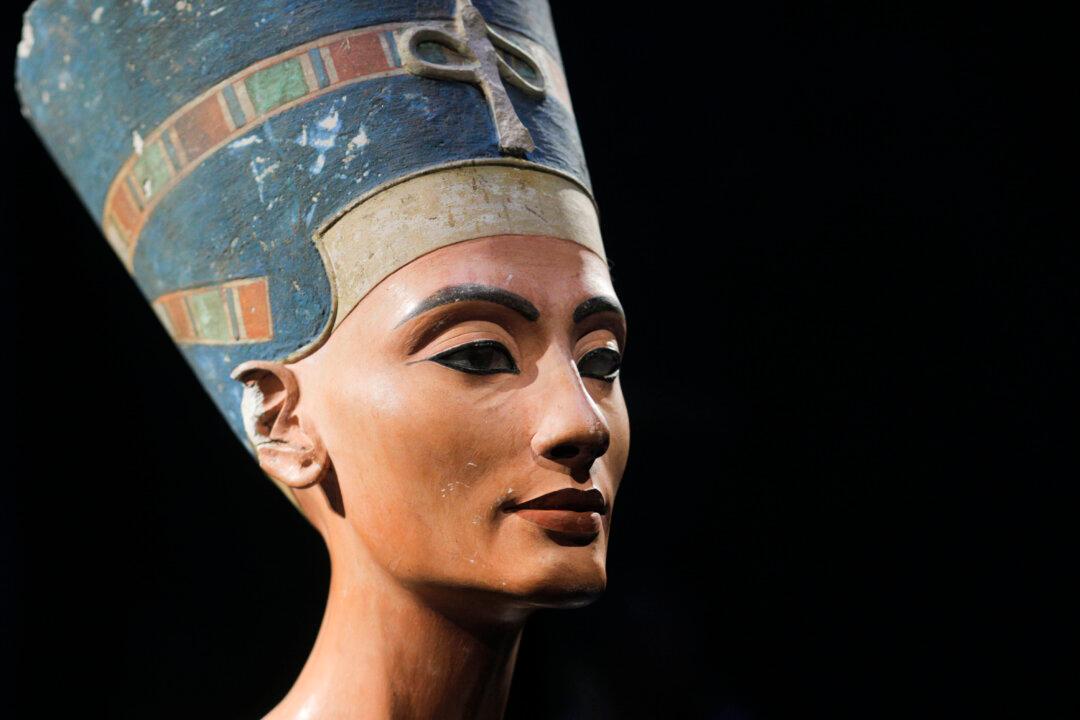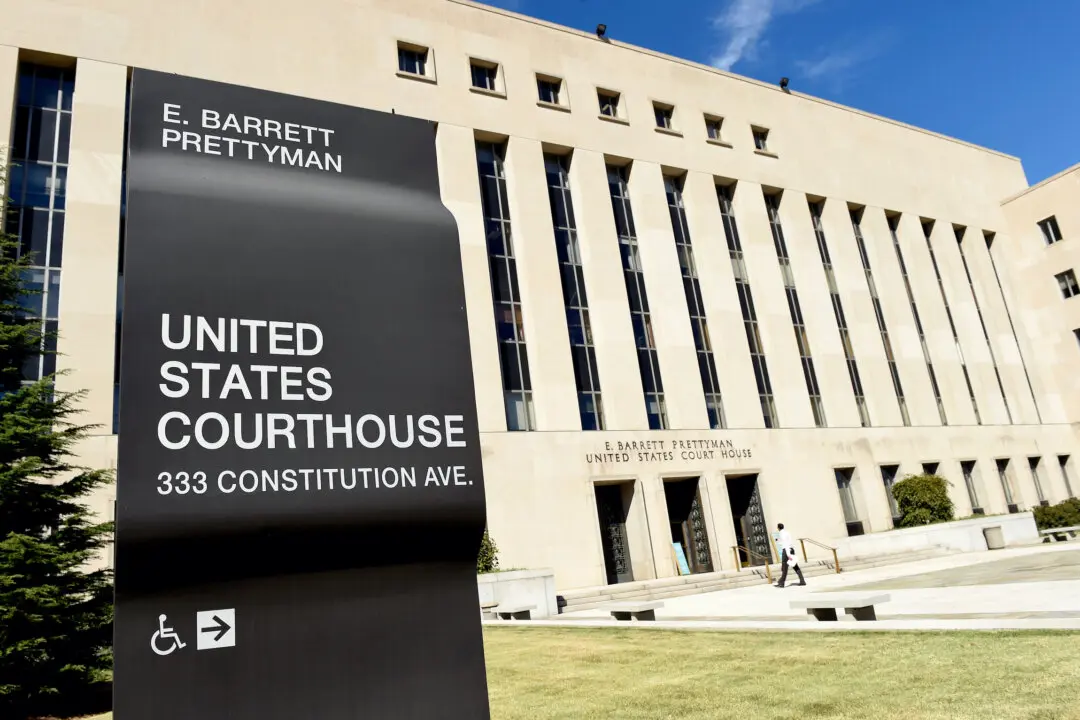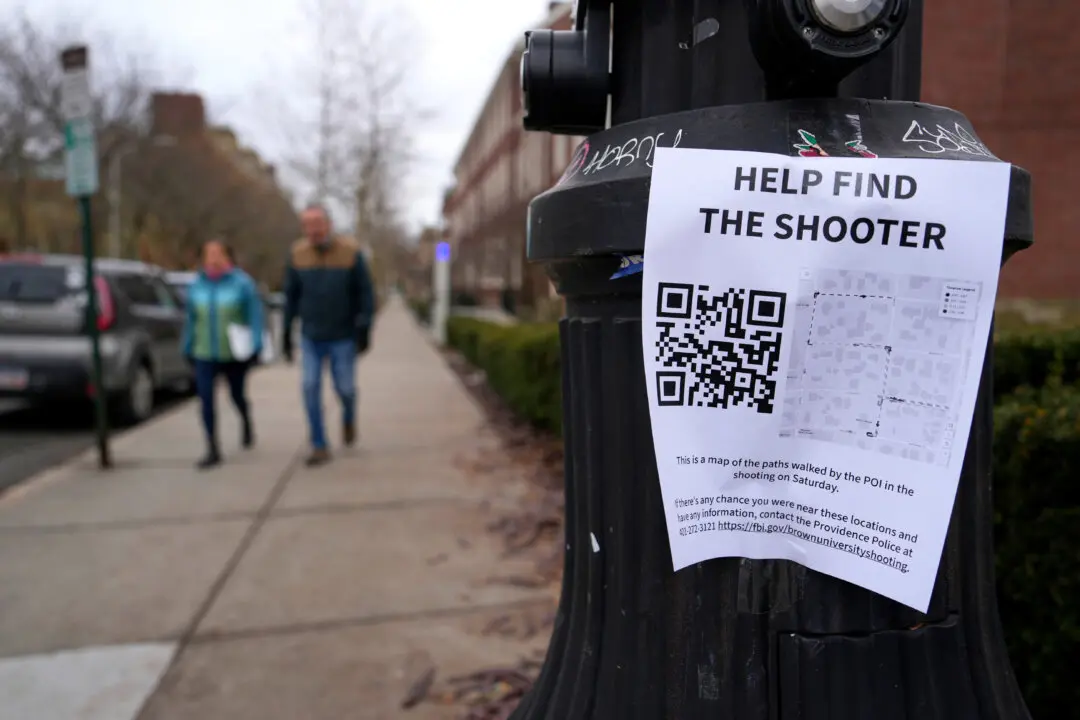CAIRO— An Egyptologist who believes Queen Nefertiti’s crypt may be hidden behind King Tutankhamun’s 3,300-year-old tomb in the famed Valley of the Kings has been invited to Cairo to defend his theory, Egypt’s Antiquities Ministry said Wednesday.
The theory by British Egyptologist Nicholas Reeves, while gaining a lot of attention online in recent weeks, has yet to be reviewed by peers. However, it could offer a compelling new theory into a turbulent period of ancient Egyptian history that fascinates both experts and hobbyists around the world.
The ministry said Reeves will have the opportunity to discuss his theory with Egyptian experts in September. A joint expedition to Luxor, where the King Tut’s tomb is located, could be on the agenda, the ministry said.





